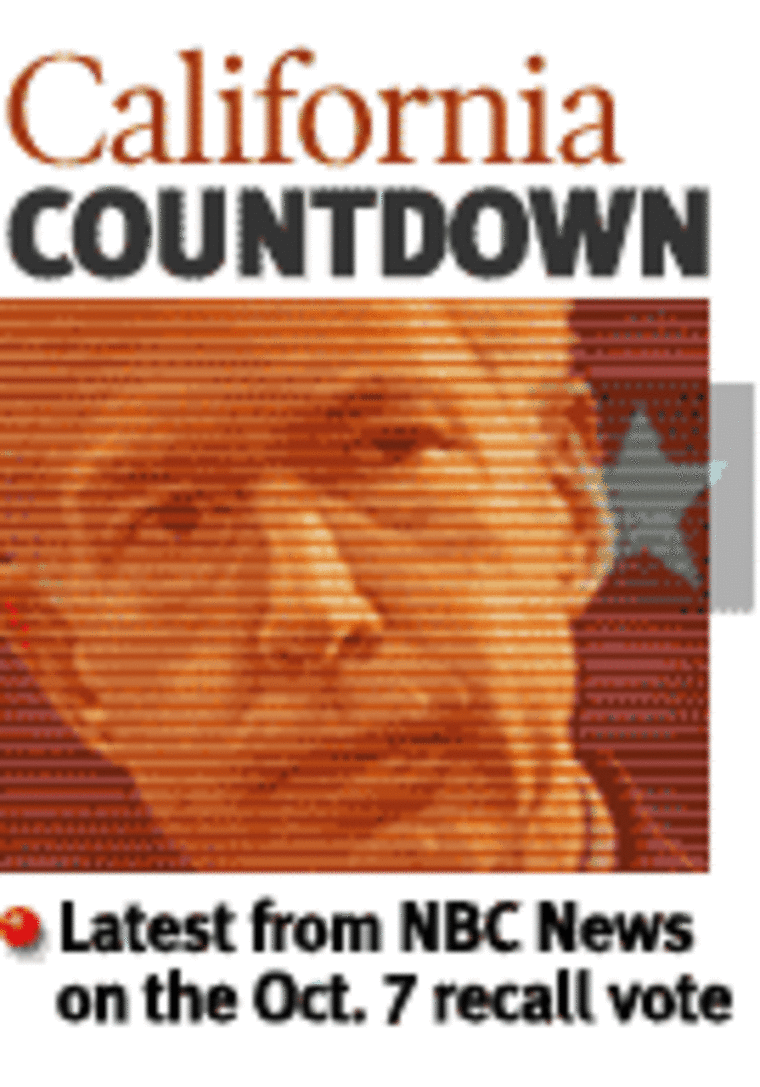Punch-card ballots from Tuesday’s historic recall election are sure to get a going-over by political activists, but some computer scientists think touch-screen voting machines deserve just as much scrutiny.

WHILE PUNCH-CARD ballots caused headaches for Florida election officials with their “hanging” and “pregnant” chads, 10 percent of the touch-screen machines in California don’t produce paper printouts. And no printouts, the scientists say, would make a legitimate recount impossible.
“You can’t do a meaningful recount if the question is about the integrity of the voting machines themselves,” said David Dill, a computer science professor at Stanford University. He urged voters in the four counties using touch-screen terminals to vote with absentee ballots.
The concern of Dill and some of his colleagues was dismissed as overblown and irresponsible by county registrars and executives at the companies that sell and update the electronic voting machines.
None of the elections officials who supervise the 50,000 touch-screen machines serviced nationwide by Diebold Election Systems has reported glitches or computer hacks that have resulted in known miscounts or fraud, said Mark Radke, director of the voting industry division of North Canton, Ohio-based Diebold.
But according to a July study by Johns Hopkins and Rice universities, any clever hacker could break into Diebold’s system and vote multiple times. Researchers found it was theoretically possible to insert “back doors” into software code that would allow hackers — or insiders — to change future voters’ choices and determine the outcome.
Activists are demanding that ballot machine vendors include printers that produce paper receipts so citizens can confirm that paper results match their touch-screen choices. Receipts would go into a county lock-box for use in recounts.
“It’s horrifying and ridiculous that these machines don’t have a voter-verifiable audit trail,” said Rebecca Mercuri, a Harvard University research fellow who specializes in computer security and voting systems.
ACLU WATCHING
Officials from one affected county, Riverside County, have “total confidence” in the electronic system used by its 650,000 voters, said Mischelle Townsend, registrar of voters. On election day the county tests all 4,250 touch-screens for logic and accuracy, confirming that a “yes” vote is recorded as a “yes,” Townsend emphasized.
“The machines have always been adjudicated to be reliable and accurate,” said Townsend, who has supervised 19 touch-screen elections and five recounts since November 2000. “There’s never been a single incident of what the scientists fear.”
After polls close, elections officials make another accuracy check. They get printouts for 1 percent of voters in every precinct and compare the digital record with the printouts.

Electronic voting advocates acknowledge no system is perfect but say touch-screen machines are better than older technology.
The ACLU is watching closely for evidence of voter disenfranchisement, as is the California Democratic Party, which began soliciting $100,000 this week for a “No More Floridas!” campaign to scrutinize alleged violations.
The computer scientists will be watching as well, looking for statistical anomalies in touch-screen counties.
“The very thought of a recount — it’s chilling,” said Alameda County assistant registrar Elaine Ginnold. “We’re all hoping there will be a huge margin because a recount would plug things up for quite a while.”
© 2003 Associated Press. All rights reserved. This material may not be published, broadcast, rewritten or redistributed.